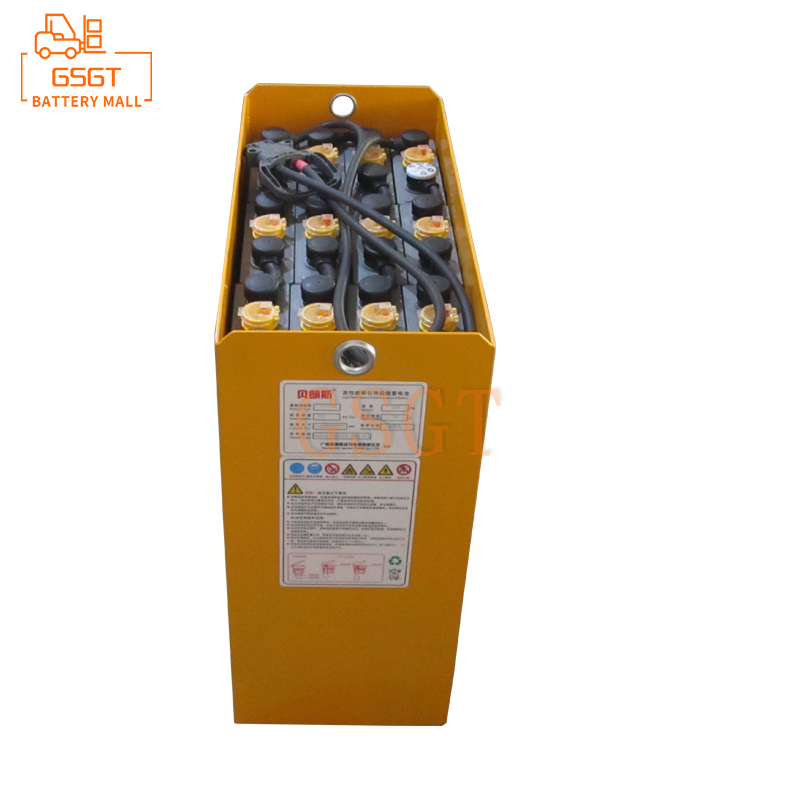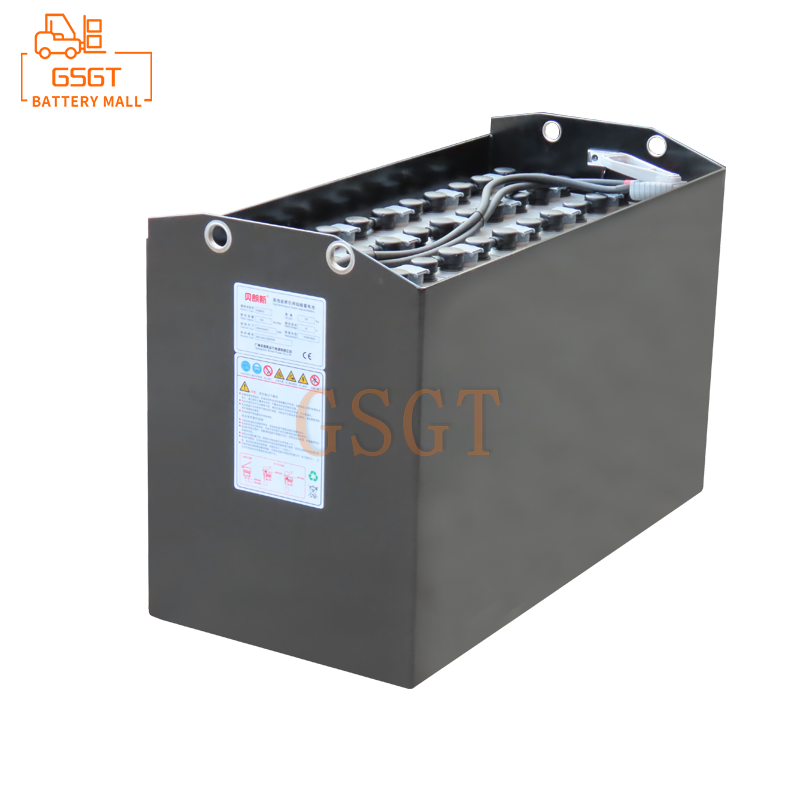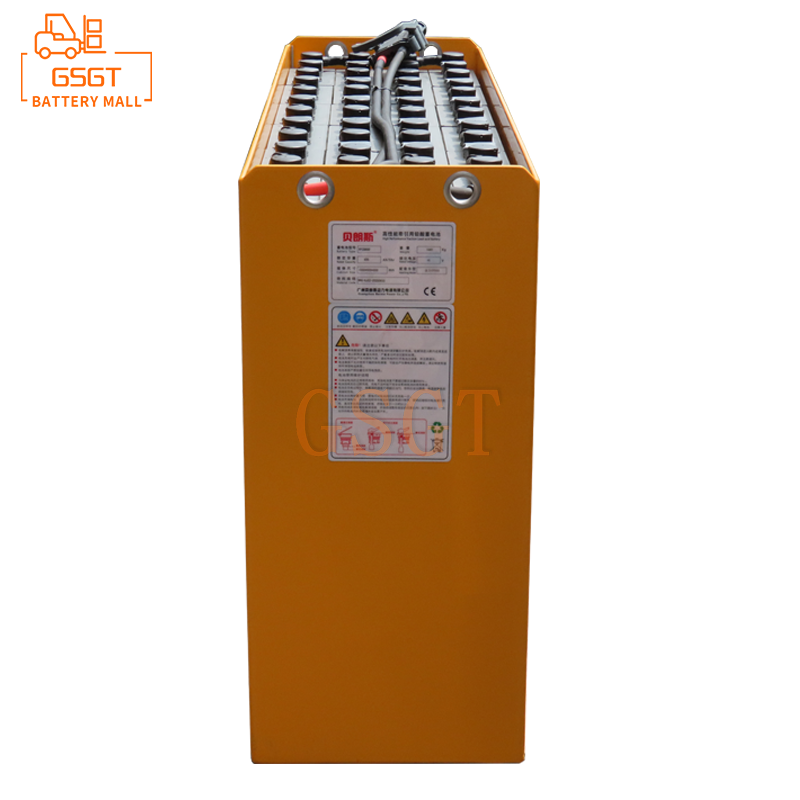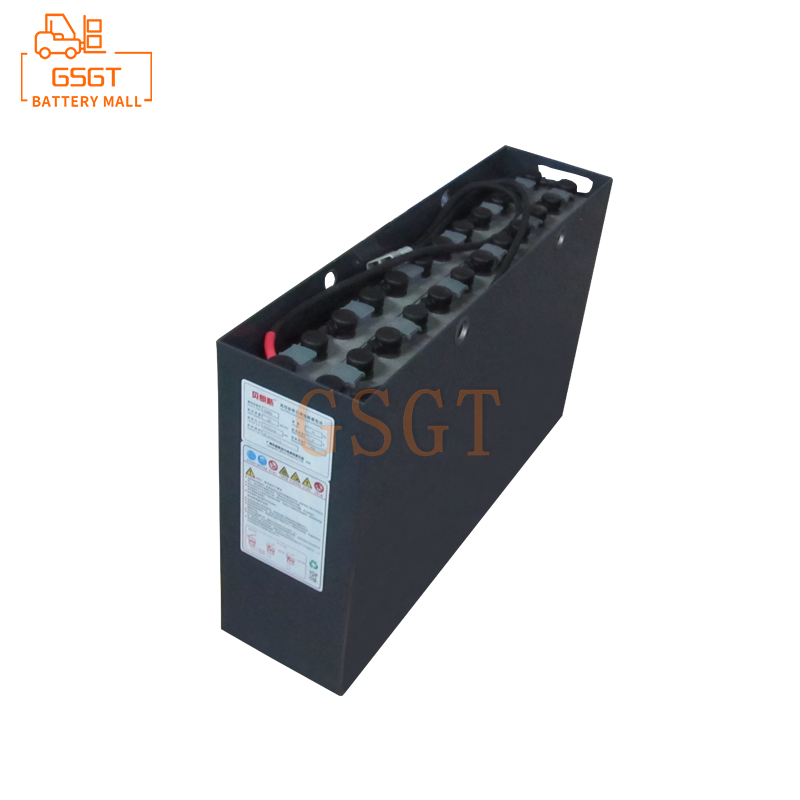Time:2025-06-07 13:20:40
Browse:609
Introduction
In fields such as logistics and warehousing, forklifts, as key handling equipment, their operational efficiency is directly related to the production and operation costs of enterprises. The charging time of lead-acid batteries in traditional forklifts is long, which seriously restricts the utilization efficiency of forklifts. The emergence of fast charging technology seems to offer a solution to this problem, but when it is applied to lead-acid batteries in forklifts, the impacts it brings are multi-faceted and complex. An in-depth exploration of the impact of fast charging technology on lead-acid batteries of forklifts is of great practical significance for the rational application of fast charging technology, improving the operational efficiency of forklifts, and ensuring the service life and safety of batteries.
Overview of Lead-Acid Batteries and Fast Charging Technology for Forklifts
The working principle and characteristics of lead-acid batteries for forklifts
Lead-acid batteries are mainly composed of positive and negative plates, electrolyte, separators and other components. During the charging process, electrical energy is converted into chemical energy and stored. The lead sulfate on the negative plate is reduced to spongy lead, while the lead sulfate on the positive plate is transformed into lead dioxide. During discharge, chemical energy is converted into electrical energy, and the substances on the positive and negative plates react with the sulfuric acid in the electrolyte to form lead sulfate. It has the advantages of low cost, mature technology and good high-current discharge performance, and thus has been widely used in the forklift field. However, lead-acid batteries also have inherent drawbacks such as low energy density, long charging time, and relatively short cycle life.
The principle and Current Development Status of fast charging technology
The core of fast charging technology is to accelerate the electrochemical reaction rate inside the battery by increasing the charging voltage or current, thereby shortening the charging time. At present, common fast charging methods include high-voltage fast charging and high-current fast charging. In the field of lithium batteries, fast charging technology has made remarkable progress, and a large number of lithium battery products and supporting charging facilities that support fast charging have emerged in the market. However, for lead-acid batteries, the application of fast charging technology still faces many challenges and has not yet formed a mature large-scale application system. However, with the continuous exploration and innovation of technology, some fast charging solutions for lead-acid batteries are gradually emerging.
The influence of fast charging technology on the performance of lead-acid batteries in forklifts
The impact on battery capacity
When fast charging technology is adopted, the large current will accelerate the deposition rate of lead sulfate inside the battery, forming large and hard-to-dissolve lead sulfate particles that adhere to the negative plate. These lead sulfate will occupy the effective reaction area of the plates, making it difficult for the battery to fully recover to full capacity during charging. If this continues for a long time, the actual available capacity of the battery will gradually decrease.
The influence on the charging and discharging efficiency of batteries
During the fast charging process, due to the large current, the internal resistance of the battery will increase, thereby generating more heat. This part of the heat not only consumes additional electrical energy but also causes the electrochemical reactions inside the battery to deviate from the ideal state, resulting in a decrease in charging efficiency. Meanwhile, during the discharge stage, the increase in the internal resistance of the battery will also lead to an increase in the loss of electrical energy within the battery, and the discharge efficiency will be negatively affected as well. Studies have shown that under fast charging conditions, the charging efficiency of lead-acid batteries may drop from around 80% during conventional charging to 70% or even lower.
The influence of fast charging technology on the lifespan of lead-acid batteries in forklifts
Accelerate battery aging
During fast charging, a large amount of heat is generated inside the battery, especially in the later stage of charging, when the battery temperature rises sharply. Excessively high temperatures will accelerate the chemical reactions inside the battery, causing the water in the electrolyte to decompose into hydrogen and oxygen and escape, resulting in the loss of water in the electrolyte. The loss of water in the electrolyte will increase the concentration of sulfuric acid inside the battery, further intensifying the corrosion of the battery plates and accelerating the aging process of the battery. In addition, high current will also make the active substances on the battery plates more likely to fall off, shortening the battery's cycle life. Experimental data shows that compared with lead-acid batteries that use conventional charging methods, the cycle life of batteries that frequently use fast charging may be shortened by 30% to 50%.
Shorten the cycle life
The cycle life of lead-acid batteries is an important indicator for measuring their service life. During the fast charging process, the electrochemical reactions inside the battery are intense. The plates, under repeated high-current charging and discharging, are subjected to considerable stress, which can easily lead to problems such as plate deformation and softening. These problems will cause the battery's performance to gradually deteriorate until it fails to meet the normal usage requirements, thereby significantly shortening the battery's cycle life.
The influence of fast charging technology on the safety of lead-acid batteries in forklifts
Overheating and fire risk
The large amount of heat generated during fast charging, if not dissipated in a timely and effective manner, will cause the battery temperature to keep rising. When the temperature exceeds the safe tolerance range of the battery, thermal runaway reactions may occur inside the battery, causing it to catch fire or even explode. Especially when the forklift operation environment is rather complex and the ventilation conditions may be poor, the overheating problem caused by fast charging is even more dangerous.
Battery bulging and leakage risks
High current fast charging will cause a large amount of gas to be generated inside the battery, resulting in an increase in the internal pressure of the battery. When the pressure exceeds the battery casing's load-bearing capacity, the battery casing may bulge. After a battery bulges, its internal structure is damaged, and the risk of electrolyte leakage increases significantly. The electrolyte is highly corrosive. Once it leaks, it will not only cause corrosion and damage to the forklift equipment, but also pose a threat to the personal safety of the operators.
Strategies and Suggestions for Dealing with the Impact of Fast Charging technology
Optimize battery design and materials
Develop new types of plate materials to enhance the corrosion resistance and mechanical strength of the plates, so as to reduce problems such as plate deformation and active substance shedding during fast charging. Meanwhile, improve the electrolyte formula, enhance the stability of the electrolyte, reduce the rate of water decomposition, and alleviate the problem of water loss in the electrolyte.
Improve the charging control technology
Develop an intelligent charging control system that can dynamically adjust the charging voltage and current according to the real-time status of the battery. At the initial stage of charging, a larger current can be adopted to rapidly increase the battery capacity. In the later stage of charging, when the battery is nearly fully charged, the current is automatically reduced to prevent overcharging and overheating. In addition, a temperature compensation mechanism can be introduced to adjust the charging parameters based on the battery temperature, ensuring the safety and stability of the charging process.
Strengthen daily maintenance and monitoring
Establish a complete daily maintenance system for forklift lead-acid batteries, regularly check the electrolyte level and density of the batteries, and replenish distilled water in a timely manner to ensure that the electrolyte is in a normal state. Meanwhile, by using advanced monitoring equipment, the voltage, current, temperature and other parameters of the battery are monitored in real time to promptly detect any abnormal situations that occur during the fast charging process of the battery and take corresponding measures to handle them.
Conclusion
Fast charging technology, although it has certain potential in enhancing the charging speed and improving the operational efficiency of forklifts for lead-acid batteries in forklifts, also poses many severe challenges to the battery's performance, lifespan and safety. Through measures such as optimizing battery design and materials, improving charging control technology, and strengthening daily maintenance and monitoring, the negative impact of fast charging technology on forklift lead-acid batteries can be alleviated to a certain extent. However, to achieve the extensive, safe and efficient application of fast charging technology in the field of forklift lead-acid batteries, it still requires the joint efforts of battery manufacturers, equipment suppliers, research institutions and related industry enterprises to continuously carry out technological innovation and practical exploration. In the future, with the continuous advancement of technology, it is expected that more comprehensive solutions will be found, making fast charging technology truly a powerful support for enhancing the operational efficiency of forklifts.

$1105

$2450

$3810

$1060

MESSAGE
Professional And Efficient
Security
Affordable Price
Professional Services